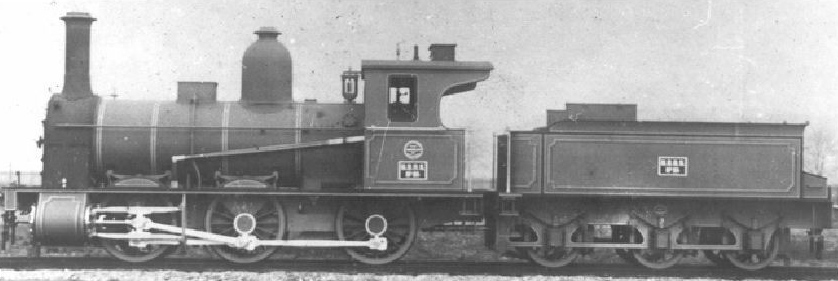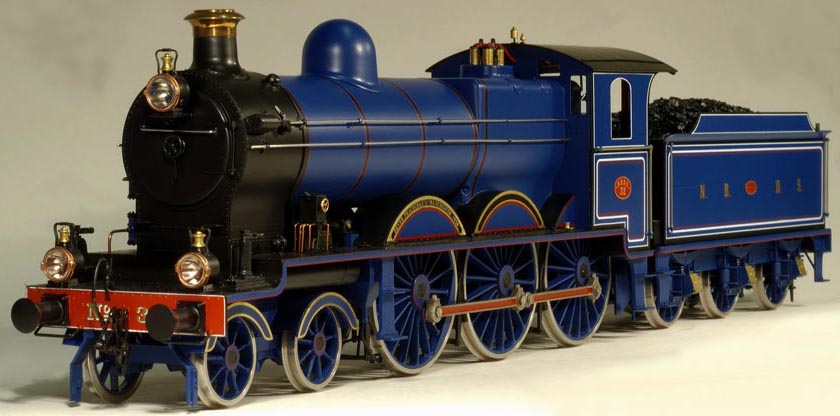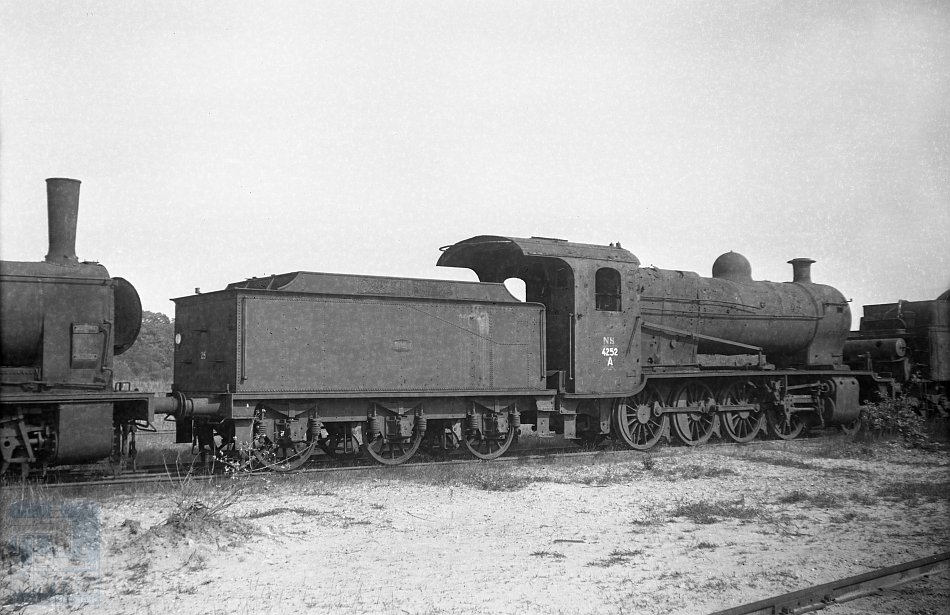Garrattfan's Modelrailroading Pages

NBDS 118-119
History of the class
The NBDSThe Noord-Brabantsch-Duitsche Spoorweg-Maatschappij (NBDS: North Brabant German Railway Company) operated the railway line between Boxtel in the Netherlands and Wesel in Germany via Uden, Veghel, Gennep, Goch and Xanten. The company was founded in 1869 and the first train ran in 1873. The total length of the line was 92,7 kilometres, of which 52,7 kilometres on Dutch territory. Of course the company started with limitless ambitions. The NBDS-line was conceived as an important link in the fastest connection between London – Berlin – Saint-Petersburg in mind. It was possible to travel from Vlissingen (dubbed Flushing by Anglophones) to Berlin and Hamburg without changing trains. This made the connection attractive for the wealthy over an extended period of time. The NBDS consequently offered a considerable level of comfort to keep these passengers happy. The company also handled goods train to some extend. Many schemes for extension of the line, "network" if you like, came to naught. Exploitation was financially troublesome. NBDS was also dubbed Nooit Baten Doch Schulden (Never Benefits But Debts). The First World War put an end to all international traffic through Vlissingen, robbing the NBDS from its main source of income. The State Railways took over exploitation of the line from the NBDS in 1919 and the NBDS, by then only a paper tiger, bankrupted in 1922. The times of the glamorous international traffic did not return and exploitation of the line was of no more than local significance. The line was gradually broken up after WWII. |
|
A Dutch narrated documentary on the history of the NBDS is available on YouTube (see below).
On 11:30 into the film you can see the subject of this project in a later guise of NS 4500. I would not be surprised if this was the only moving footage of the class. |
 |
|
|
|
The locomotivesGeneralDuring its operational existence the NBDS operated no more than 32 locomotives, with an additional 2 that were ordered under the reign of the NBDS but were only received after the SS (State Railways) had taken over. None of the NBDS-locomotives has been preserved.
NBDS no 16, 1902 The first locomotives were of the 2-4-0 and 0-6-0 wheel arrangements and very unassuming. The NBDS however had high ambitions and its passengers had high demands. When passenger traffic put ever higher demands on the locomotives and the top segment express trains always needed double heading an order for a class of 4-6-0 express locomotives was placed in 1907. They caused quite a stir in the rather conservative Dutch railway scene at that time as the class was the first express locomotive class with six coupled wheels. The attention of the general public was drawn by their striking blue livery. What a shame that colour photography still had to be invented.
Photo ©Philotrain The NBDS 118-119Goods traffic originally played a minor part in the railway operation of the NBDS. But when the development of the Limburg coal fields came into gear a new, attractive market offered itself. So the NBDS ordered four goods locomotives at Hohenzollern in 1914. The wheel arrangement was 2-8-0, another first as they were to be the first eight-coupled tender locomotives in the Netherlands. The frame and drive were derived from German practises as from the G8. The superstructure design leaned towards the 4-6-0 express locomotive with many parts in common for exchangeability, among which the boiler. This class was to appear in the same striking livery. Delayed considerably by WWI the first two, 118 and 119, entered service no sooner then 1917 and 1918 respectively.
NBDS 118 in factory grey, Hohenzollern, 1917.
A model of 119, photo kindly granted by Stoomgroep Zuid ©2019 The other two were delivered in 1920. By that time the SS had already taken over operation of the NBDS services and these two engines never carried the NBDS numbers or livery. Numbers 118 and 119 were soon renumbered to SS 1301 and 1302 and repainted to SS livery. So in the end only two locomotives had this striking blue livery and that for only two or at most three years. At the formation of the Dutch Railways (NS) they were assigned the numbers 4501-4504. In 1924 they lost their stylish four-axled tender in a swap with the three-axled tenders coming from the ex-NBDS 4-6-0 engines. As a small class and with sufficient members of the 4600 class around they played only a minor role in the total demand for motive power. In WWII they were "rented" to the German railways. Two locomotives were found in the liberated areas in 1944 and were put to work. After the war the whole class was renumbered to 4251-4254 to free up numbers for the influx of the WD 2-8-0, later NS numbers 4301-4537. The two missing locos returned from Germany after the war but never saw active service again. The two remaining operational engines were withdrawn in 1947, the oldest of them, NS 4501, ex-NBDS 118, with barely 30 years of service.
The war damaged Ex-NBDS 119 sitting at a siding at Baarle Nassau Grens. The loco was eventually not repaired. |
|







Sign my
GuestBook